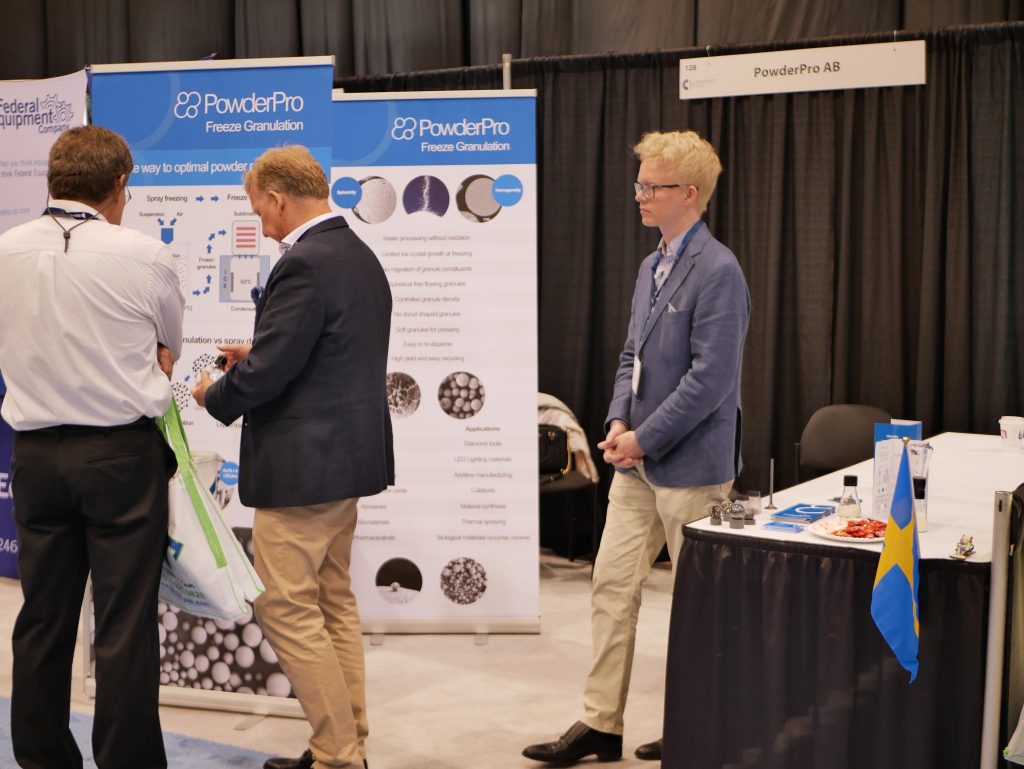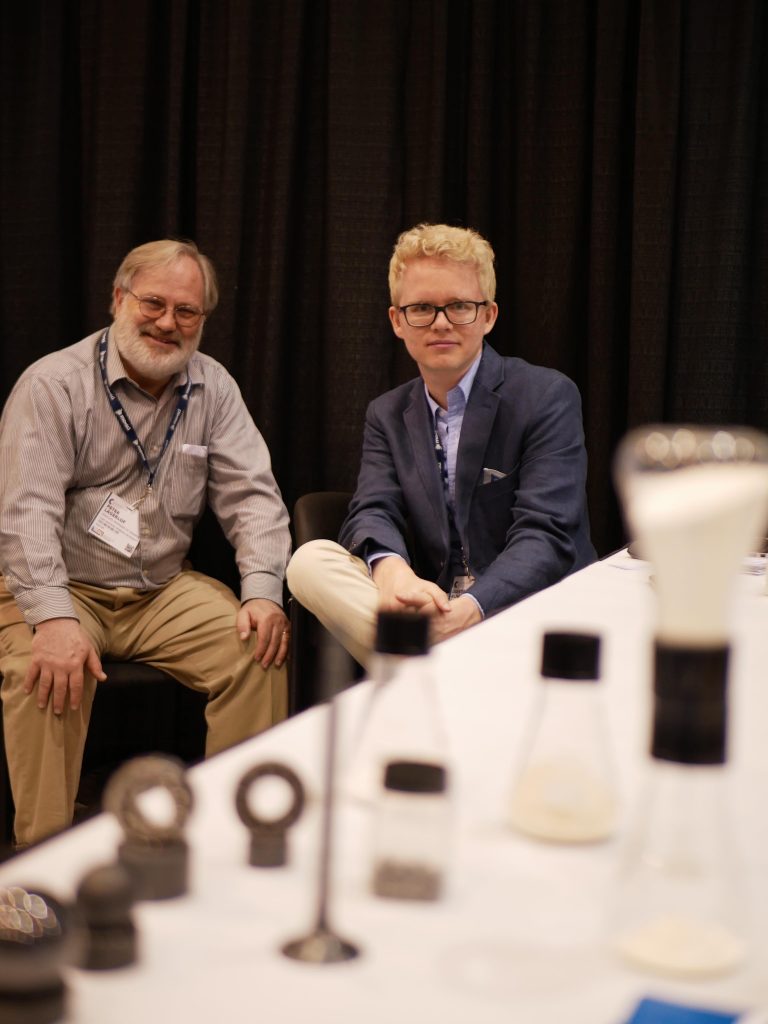Takaaki Ito, Tomoyuki Okuda, Ryo Takayama, Hirokazu Okamoto
Abstract
In order to evaluate the in vivo effect of inhaled formulations, it is a gold standard to create a lung metastasis model by intravenously injecting cancer cells into an animal. Because the cancer grows from the blood vessel side, there is a possibility of underestimating the effect of an inhaled formulation administered to the lung epithelium side. In addition, the metastasis model has disadvantages in terms of preparation time and expense. The present study aimed to establish a new method to evaluate the effect of an inhaled small interfering RNA (siRNA) formulation that is more correct, more rapid, and less expensive. We investigated whether siRNA can suppress gene expression of plasmid DNA (pDNA) by serial pulmonary administration of siRNA and pDNA powders prepared by spray-freeze-drying. We revealed that formulations of dry siRNA powder significantly suppressed gene expression of pDNA powder compared with a control group with no siRNA. Naked siRNA inhalation powder with no vector showed the suppression of gene expression equivalent to that of an siRNA-polyethyleneimine complex without damaging tissues. These results show that the present method is suitable for evaluating the gene-silencing effect of inhaled siRNA powders.


